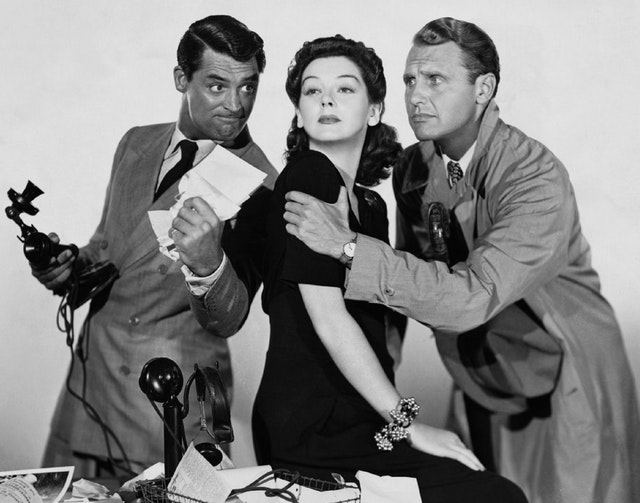Dialogue Editing and ADR With Gwen Whittle
If you recall the movies Tron Legacy and Avatar, they both, aside from having received Oscar nominations, have one name in common: Gwen Whittle. Gwen is perhaps one of the top supervising sound editors working today, which is why a lot can be learned from her work.
Gwen also did the sound supervision for both Tomorrowland (starring George Clooney and Hugh Laurie) and Jurassic World (starring Chris Pratt), and although she’s known for overseeing the whole sound editing process, she’s mentioned in several interviews that she’s highly fond of paying special attention to both dialogue editing and ADR sessions, as mentioned in previous articles by Enhanced Media in our blog.
Dialogue editing, as mentioned by George Lucas back in 1999 just before Star Wars: Episode 1 hit the theaters, is a crucial part of the whole sound editing landscape, and, apparently, even within this industry, nobody pays enough attention to it. In fact: dialogue editing is the most important part of the process.
So, what’s dialogue editing?
Dialogue editing, if it’s done really well, is, according to Gwen Whittle, unnoticeable —it’s completely invisible, it should not take you out of the movie, and you should pay no attention to it. Imagine taking all the sound from the set, take by take, just to take a much closer look at the dialogues captured for a specific scene.
Of course, not all dialogues recorded on the set sound the same —maybe the take was great, the acting was great, the light was great, but suddenly a truck was pulling over and an airplane happened to fly over the crew. It’s practically impossible to recreate that take as there are many aspects involved: air changes, foreign sounds, etc., and no matter how much you try to remove all those background noises, sometimes you need to resort to the ADR stage. In an ADR session, it all comes down to trying to recreate the same conditions that should apply to that particular scene.
Cutting dialogue often poses several challenges to sound editors, and it highly depends a lot on the picture department. A dialogue editor receives all the production from the picture department, everything that was originally shot on set, making sure that each mic has its own track. It’s the responsibility of the picture department to isolate each mic with its own track so dialogue editors can do their magic.
On set, the production sound mixer is recording anywhere from one microphone up to eight, usually, sometimes more, but the idea is for each actor to have their own mic and at least one or two booms. All this mix is passed onto the dialogue editing crew, isolating each track, matching the moving images just like the movie is supposed to be.
Once the dialogue editing crew has received the tracks, they listen to them and assess which parts can be used and which parts need to be recreated, organizing which tracks will make it to the next stage. Sometimes, since dialogues can be recorded using two different microphones such as the boom and the talent’s personal mic, sound editors can play with both tracks trying to make the most out of it whilst spotting which parts require an additional ADR session.
If there’s a noticeable sound, like a beep, behind someone’s voice, a dialogue editor can really get rid of that in case they need to; however, that’s not always the case. ADR sessions are quite familiar with the sound editing process. In films with a smaller budget, the dialogue process gets a bit trickier, since normally all tracks aren’t passed isolated onto the dialogue editing crew, so they need to tackle any hurdle in their tracks. Low budget films normally include more dialogue as they don’t have the resources to either afford fancy sets or include fancy visual and sound effects.
Do directors hate ADR?
Well, according to Gwen Whittle, not many directors are fond of ADR. David Fincher, for example, is. ADR is a tool. A powerful tool. And if you’re not afraid to use it, you can really elevate your film because it takes away the things that are distracting you from what’s going on.
Actors and actresses like Meryl Streep love ADR sessions because is another chance to perform what they just did on set. They see ADR as the opportunity go in there and try to put a different color to it, and it’s another way to approach what the picture crew just got on a couple of takes on set. Many things can be fixed, and even alter several lines. You can add a different twist to something. In fact, even by adding a breath to something, you can change the nature of a performance. It’s the opportunity for both the talent and directors to hear what they really want to hear.
*The images used on this post are taken from Pexels.com


